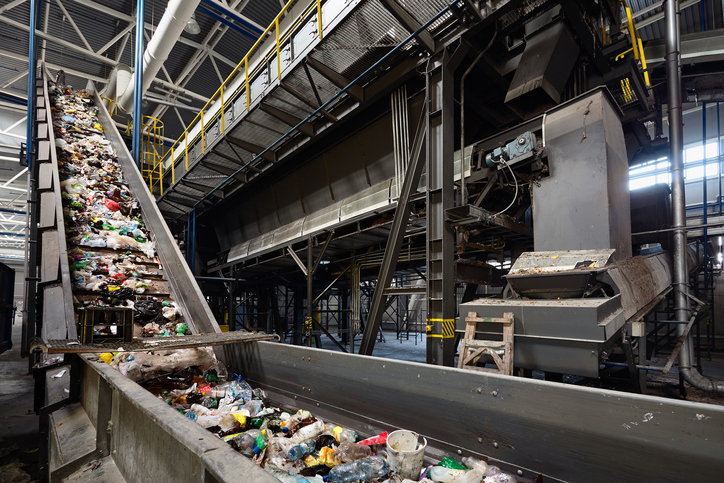Robots and AI have been a hotly debated topic across mainstream media over the past several years. There have been numerous online posts of robots dancing or running like dogs and reports of companies using robots to automate their warehouses.
This has led to misconceptions on what robots can actually do and how they will replace humans in the workforce. We want to share our thoughts on this matter and also talk about AI, the climate crisis, and how the latest technologies are all tied together.
Robots, at their core, are singular task experts. They are best used for repetitive tasks like welding on a factory assembly line as opposed to cooking spaghetti. Technically, one could build a very complicated robot that could make spaghetti, but it would require specific engineering skills, significant computing power, and an enormous amount of time.
While that is just an example of what robots can’t do better than humans, there are things they can do to have a positive impact on the world. One way is to use that technology and build a system that can sort waste, keep it out of landfills, and divert valuable materials back into the supply chain.
AI and robotics for materials recovery facilities
Recent examples using AI to automate recycling have been focused on building technology for materials recovery facilities (MRFs). MRFs are facing a labor shortage, and only a small percentage of recyclable materials actually avoid the landfill. Companies such as AMP Robotics and Glacier are addressing this by combining AI-driven imaging technology with novel mechatronic systems to sort common recyclables such as paper, cardboard, aluminum, and plastic. We are very optimistic about this technology and believe it will be viable within a decade.

Organizations spend millions of dollars each year to advance deep learning, machine vision, and AI systems so robots can act more like humans. You may be wondering why it would take about 10 years to automate sorting at MRFs. Consider the following scenario:
An employee’s job at a MRF is to sort and remove non-recyclable materials from the conveyor to prevent clogging in the conveyors and separation robots. The employee is stationed next to a conveyor and sees a piece of plastic film entangled with a piece of thick recyclable plastic food packaging. The employee pulls the plastic film off, puts the packaging on the conveyor belt, and discards the film into a garbage can headed to the landfill.
From a robot’s point of view, it looks like this: a camera system identifies an object and recognizes it as plastic film coming down a conveyor. The system sees that the plastic film is entangled with a piece of thick recyclable plastic food packaging. A robotic separating system tries to remove the film, but unfortunately captures the packaging at the same time. So how does the robot know which way to untangle the plastic film?
Uncovering the real problem
Remember, we said earlier that a robot is built to do a few things well. Even with advanced AI, a robot is only as good as the problems it has been taught or problems that closely resemble something familiar. The number of ways the film is presented are infinite, and is why robots struggle with this paradox. If robots are unable to perform this type of task at a MRF, then is AI the problem? The real problem is actually where those pieces of plastic film and recyclable plastic food packaging are coming from before arriving at the MRF — the consumers.
In part two of this post, we’re going to shift the focus to consumers and their impact on the waste stream. We’ll also talk about startups such as Ridwell, who are taking notice of this problem by providing more finite recycle service to customers.
